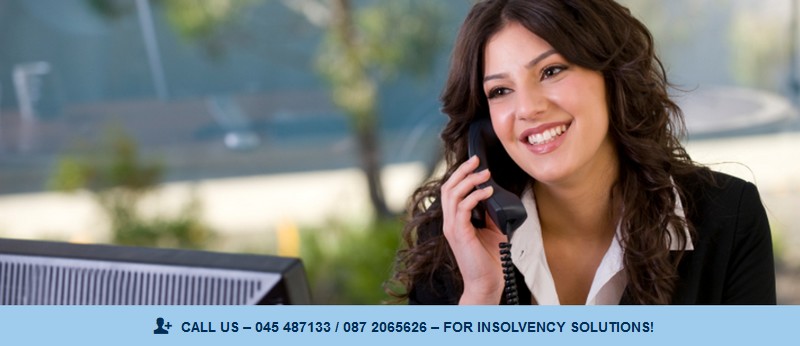There are times when debts can pile up, and you may find yourself unable to pay them all. If you find that your debts are greater than your income, there are several options available to you to help manage them. One option, although quite extreme, is bankruptcy.
Choosing Bankruptcy
Bankruptcy may be the right option for you if your debts are greater than your income and assets. It is an extreme measure that can write off all your unsecured debts. It is also advisable to seek advice from a Debt Adviser, as different loans and debts have different rules. If your application is accepted your unsecured debts could all be written off.
There are a number of things to understand, before choosing bankruptcy as your option. And you should remember that any of your creditors may file a bankruptcy suit against you if the debt amounts to more than £5,000, as of 29 November 2016.
Once you have been declared bankrupt, you are obliged to follow the rules below:
- Not obtain credit over £500 without informing the lender that you are bankrupt
- Notify the Official Receiver (OR) of any money or assets you may receive and any change in income during the period of bankruptcy
- Do not make any payments direct for the debts you listed in the bankruptcy
- All assets must be handed over to the OR
- Provide a complete statement of all assets and financial information to the OR
Who Can Help?
Handling a bankruptcy can be complicated. Knowing what forms to fill out and where to file them can require an expert. There are various debt advisers that can help you with making your decision and filing with the OR. Some are free and some require payment of fees. If you are not sure where to go, you can contact the Citizen’s Advice Bureau (CAB) for free advice and help with bankruptcy.
How Does It work?
In order to file for bankruptcy, there are forms that need to be filled out and submitted. The first is the Petition. This is a request to the insolvency court to be declared bankrupt, and will include the reasons you are requesting bankruptcy.
Next is the Statement of Affairs. This is a list of all your assets and liabilities, sometimes known as an income-expenditure statement. On here you will list all your debts, the amounts, and the creditors’ full details. You will then be asked for a sworn affidavit to testify that the information given is correct. This is done before a court appointed officer or a solicitor.
The forms are available from the High Court Bankruptcy and Chancery Division, in Belfast.
How Much Does It Cost?
There is a cost to being declared bankrupt, and this is something that you should consider as well. There are three different sets of fees you will need to pay in order to file the petition:
- Deposit: £345. This is paid to the Insolvency Service and covers the administration costs of your bankruptcy
- Court Fee: £115. This is paid to the court for the filing of the services. If you are on income support the court may waive the fee. Please provide proof of benefits
- Legal Fees: Approx £7. This covers the cost of the sworn affidavit for your statement of affairs
What Happens Next?
After you have filed the documents with the court, you will receive a date for the initial court hearing. During this hearing the court will decide what to do next. There are four options at this point:
- Bankruptcy Order
- Stay the proceedings if more information is required
- Dismiss the petition if the request is not deemed valid
- Appoint an Insolvency Practitioner. This option is used if the court thinks that an Individual Voluntary Arrangement (IVA) is a better option than bankruptcy.
Once the bankruptcy order has been issued, the OR will be the one to administer your bankruptcy. They will be the trustee and responsible for your financial affairs. Failure to cooperate with the OR can result in arrest and court proceedings against you.
Effect of Bankruptcy
Several things are affected by being declared bankrupt, that could have a major impact on your life:
- Home: If you own property this may be sold to cover some of the debts.
- Bank Account: Any account with cheque book and credit or debit cards must be handed over to the OR. You will be able to open a basic account with most major banks for wages or benefits purposes.
- Wages: The OR can apply for an Income Payments Order (IPO) to recover contributions towards your debts. This is dependent on your income level and the minimum required by the state to live on.
- Assets: The OR will also take over control of any assets you have other than property.
- Creditors: The OR will advise your creditors that you have been declared bankrupt.
Credit Rating
Bankruptcy is also advertised in the news media. It will appear in the insolvency section of the Belfast Telegraph and the Belfast Gazette. Your credit rating will also be affected for a period of 6 years from the date of the termination of the bankruptcy order. And it is important to remember that your job may be affected as well.
Other options to bankruptcy include:
- Debt Management Plan (DMP)
- Individual Voluntary Arrangement (IVA)
- Debt Relief Order (DRO)
- Temporary Repayment Plan
- Debt Consolidation
More advice on all of these can be found at your local Citizen’s Advice Bureau.
Article published in The mechanisms of personal insolvency in Ireland
Source : http://docplayer.net/23391871-Bankruptcy-a-quick-guide-to-bankruptcy.html
Image : Shutterstock

